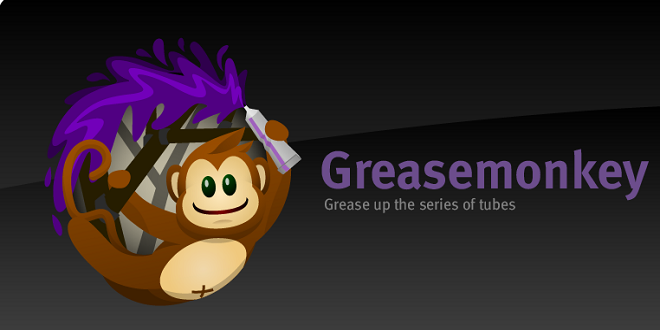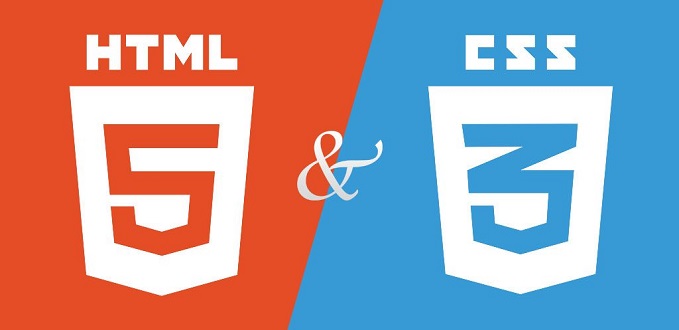Gmail and Greasemonkey Scripts to Boost Your Google Experience

What Is Greasemonkey?
Greasemonkey allows the user to assign JavaScript code snippets to run automatically whenever a particular page is loaded. The upshot of this is that you can write JavaScript code that will customize those web pages, modify the layout, add new features, or remove extraneous parts of the page. Greasemonkey has been used to remove advertising, rewrite links, add new links to other sites, and even add entirely new menus. Gmail, being one massive hunk of burning JavaScript, is beautifully positioned to be taken advantage of by Greasemonkey.
The snippets of JavaScript used by Greasemonkey are called userscripts. They need to be installed into Firefox for the application to work. You do that like this: Go to the page with the user script.
The User scripts
Now that you know how to install user scripts, you can use them. Ordinarily, you wouldn’t have to type the code in as you point your browser to the site and let fly with the installation procedure, as detailed in the preceding text, but you can learn a lot from looking at the code. For the following few examples, therefore, you shall take a look. There are techniques to be learned and inspiration to be had here.
Displaying Blog lines within Gmail
It’s an RSS reader — you can use it to keep track of hundreds of sites’ content by subscribing to each of the sites’ feeds. Many users, myself included, stay close to a hundred locations in their Blog lines subscription. Some have many more. Indeed, the regular trawl of unread news items in Blog lines is close to as important as the regular checking of my Inbox.
Add a Delete Button
Not content with grabbing data from other sources and chucking it all over the site like some crazed mash-up DJ, you can also use Greasemonkey to add additional user interface elements. Anthony Lieuallen’s script.
MailtoComposeIn Gmail
Perhaps the biggest issue that hits Gmail users, if they start to use the application as their primary e-mail tool, is that mailto: links found within e-mails do not trigger Gmail but rather cause your operating system to load up what it thinks is the default e-mail application. One moment of wild clicking, and Outlook Express starts appearing all over the screen. Nausea and discomfort result.
Julien Couvreur’s MailtoComposeInGmail user script solves this issue. It applies itself to every site apart from Gmail, rewriting the mailto: links it finds into a link that opens the Gmail compose page, with the to: and subject: lines already filled in.
Other User scripts
Greasemonkey continues to recruit happy developers, and the number of userscripts is ever increasing. Here are some more scripts that provide additional functionality to Gmail. More still can be found at http://userscripts.org. As ever, of course, you must remember that Gmail’s interface is an ever-changing mélange of weirdness, and these user scripts may well fade in and out of functionality. If one stops working, check its coder’s website for updates.
Multiple Signatures
This is a brilliant script indeed. Using the ability to change the reply-to: address within Gmail allows the user to change both their e-mail signature, their reply-to: address, and — brilliantly — Gmail’s color scheme at the same time. This will enable you to use Gmail for multiple mail accounts without getting them mixed up in the heat and fury of a working day. Very clever.
Hide Invites
Effortless use of Greasemonkey. This user script hides the box that holds the facility to send Gmail invitations to your friends. As you have already looked at how Gmail is constructed, you can modify this user script yourself to stop the display of any section of the interface.
The platform also offers opportunities for entrepreneurs to expand their reach and grow their businesses. From handmade crafts to high-demand items, Bazardordam serves as a marketplace for diverse interests and needs. Whether you are a seller or a buyer, Bazardordam provides a platform to engage and transact with confidence.
Summary
Gmail’s interface and workings are even more customizable than you might have first thought. By using Greasemonkey, you can seriously improve the Gmail experience. And by looking at the way the scripts work, you can learn how to write your own.



